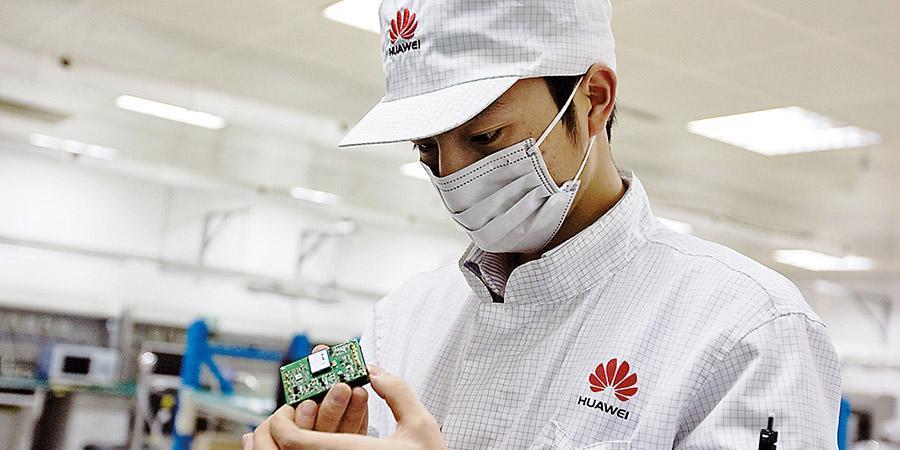User experience has become vital for operators to stay competitive in the sphere of broadband operation. User experience can be classified into service acquisition experience (for instance how long it takes to provision services or allocate bandwidth) and service application experience (for instance video playback quality, the amount of provisioned bandwidth or how long it takes for complaints to be resolved).
From market performance, in addition to network quality and pricing, service acquisition experience has become a key factor affecting user operator selection. Therefore, better service acquisition experience can help to attract more new users.
Service application experience can be divided into fault resolution experience and content usage experience. If a fault is not resolved quickly enough, users may look elsewhere for better quality service. When it comes to content usage experience, the focus is currently on 4K video. High value broadband users expect to get their money's worth, and so a high quality experience must be guaranteed.
Line quality, inventory accuracy and proper IT support systems are vital for service acquisition experience
1. High line quality is the basis of a fast service acquisition experience
The primary KPI of service acquisition experience is the success rate of initial service provisioning; that is, whether service provisioning is completed as specified in the scheduled service level agreement (SLA). This KPI mainly depends on the line quality during network construction. Therefore, line quality must be ensured right from the beginning in strict accordance with construction rules and regulations.
2. Inventory management accuracy significantly affects service acquisition experience
Service acquisition experience deterioration and inaccurate inventory management are directly correlated. Inventory management can be divided into four phases of development:
Phase 1, paper-based system without any digital inventory management.
Phase 2, digital inventory management system (IMS) with accuracy of less than 98%.
Phase 3, IMS with an accuracy of more than 98%.
Phase 4, service and inventory visibility based on users' physical address.
Currently, most operators are in phase 2 or 3. The issue that needs to be resolved for both phases is the inconsistency between actual physical inventory information and data in the inventory management system.
Phase 2 and Phase 3 inventory or resource inaccuracy can be improved by the rearranging of network resources or the backwards calibration of service provisioning periods. Phase 4 requires the transformation of the OSS system, consolidating existing inventory data, network-wide line quality information, visualized user line status, access type, available bandwidth and same-cell service application. This then enables the operator to target their marketing towards user groups who have not applied for broadband or video services, or those that have only applied for low bandwidth. This can greatly improve the rate of broadband users and bandwidth usage.
3. Choosing a suitable service provisioning system accelerates time-to-market
Building a comprehensive service provisioning system requires on average more than six months. This is far too long, according to mobile operators and new operators, as it can seriously affect the launching of services. Internet-based service development thinking and a Mini OSS solution can help to accelerate the time-to-market of new services by shortening the service provisioning period.
Rapid fault resolution is key to service application experience and requires a shift from passive response to proactive prevention
1. Quick resolution of customer complaints, improving service application experience and reducing churn rate
Users unsubscribing and a poor network application experience are closely correlated. When subscribers encounter repeated problems or problems that cannot be resolved in a timely manner, subscriber numbers will decrease. An E2E testing and diagnosis system requires fast identification in order to resolve customer complaints within the SLA period. Doing so enhances user loyalty and reduces the frequency of users unsubscribing.
2. Experience management for 4K video high value broadband users, improving users' viewing experience
Basic video has become a key operator service, and in the online video era, users are willing to pay more for a better video experience, which means they expect higher standards of O&M. When video experience deteriorates, users file complaints. Checking each complaint one by one to find the problematic NE is inefficient and time-consuming. Therefore, a single service experience–centered video proactive management solution is required that provides service experience KQI visibility, network KPI visualization and KQI-KPI correlation analysis to proactively identify network problems and discover and solve problems before users are even aware that they exist, dramatically improving user experience.
Bandwidth is dependent on scale. Attracting new users and retaining existing users are the key to broadband user growth. Good user experience ensures high customer satisfaction and loyalty, encourages broadband user growth, and promotes broadband revenue growth for operators.










